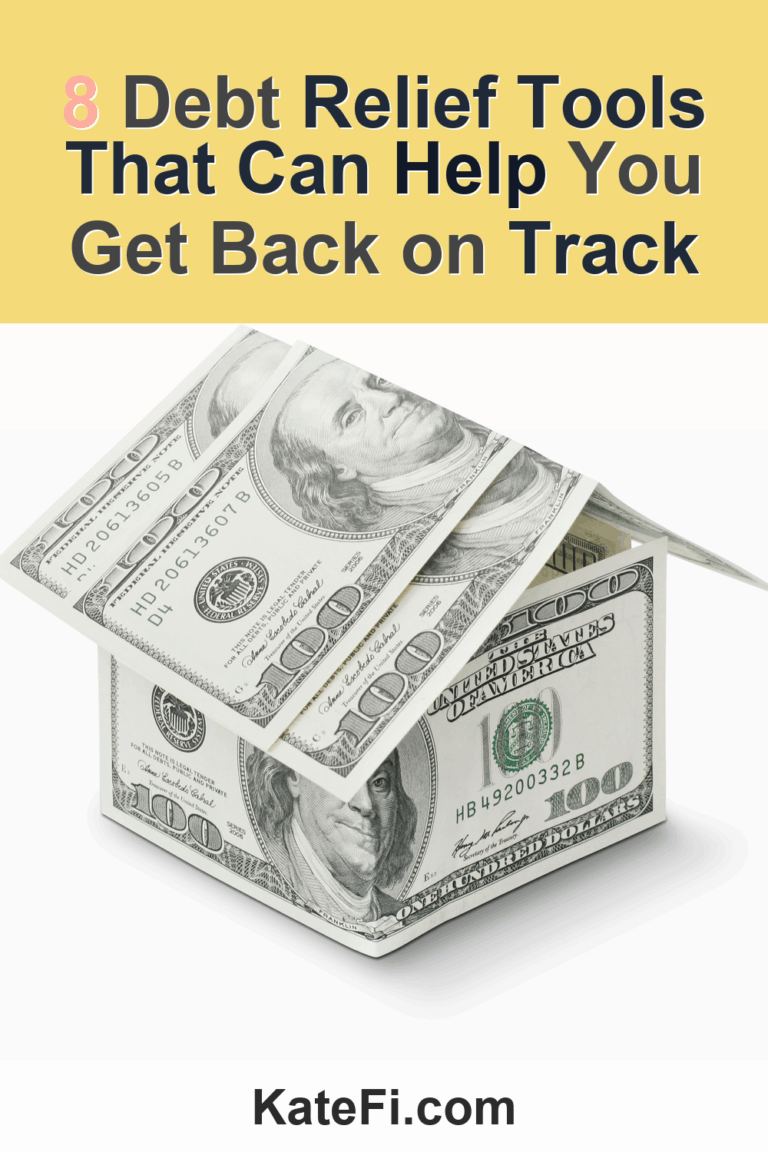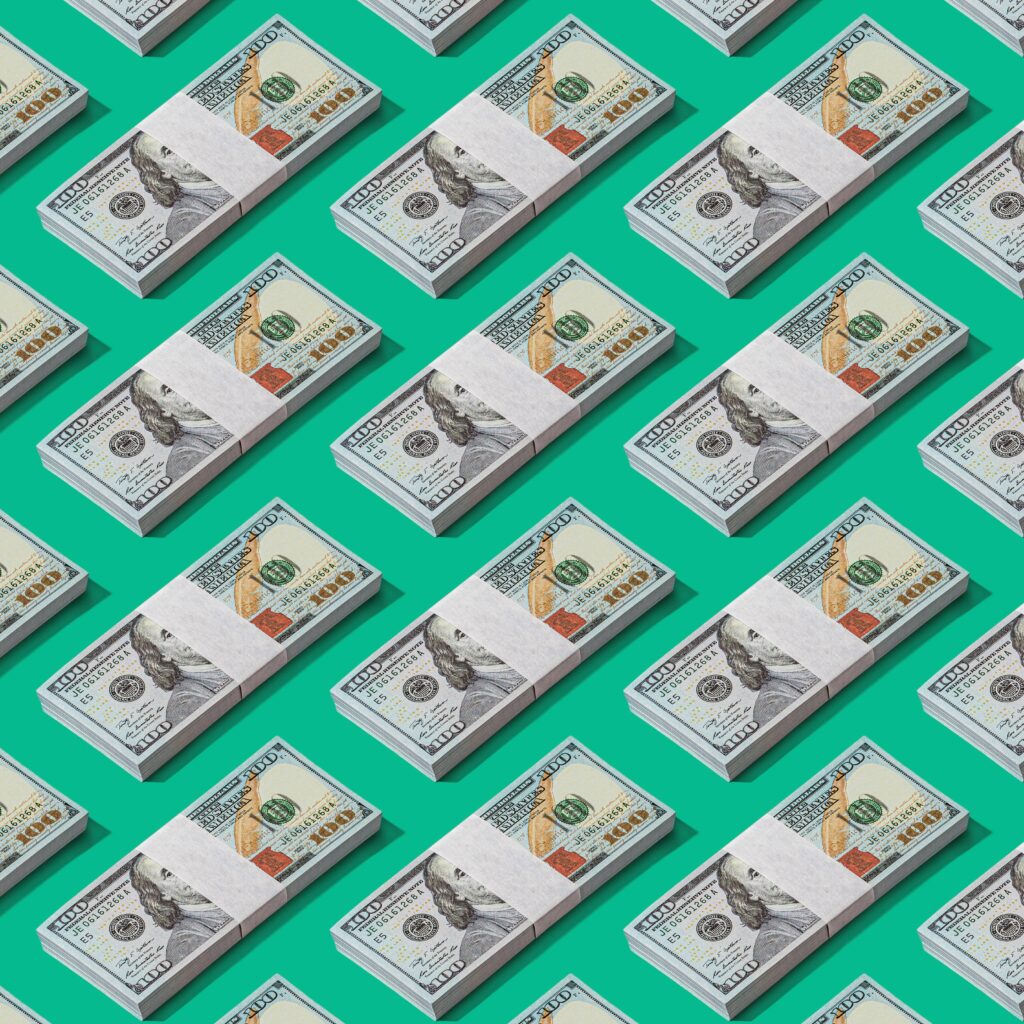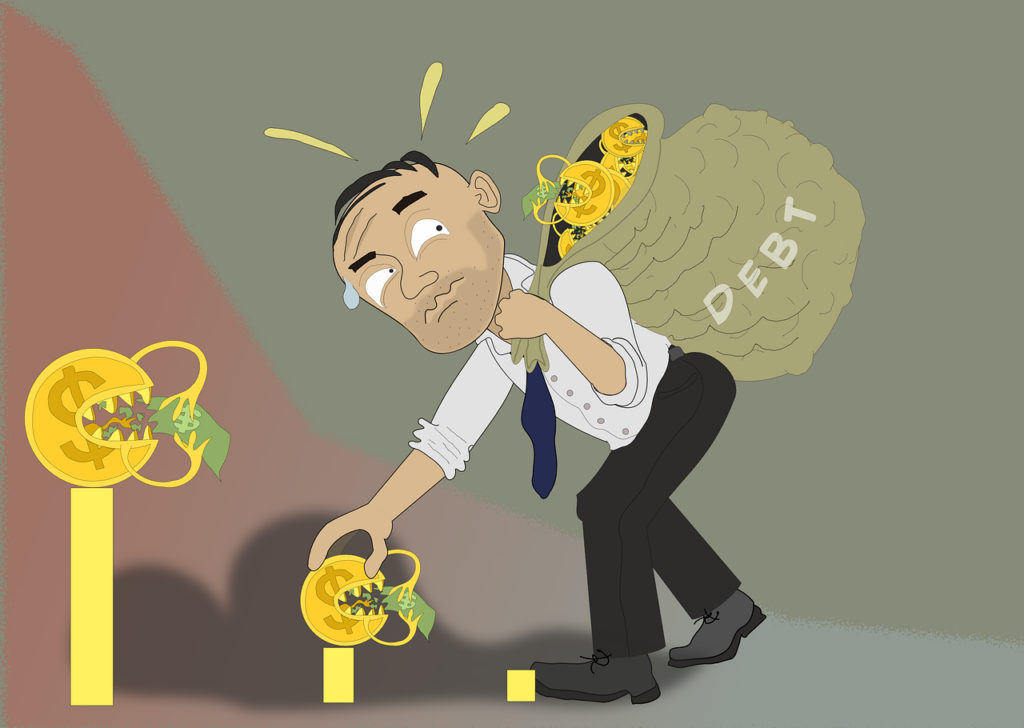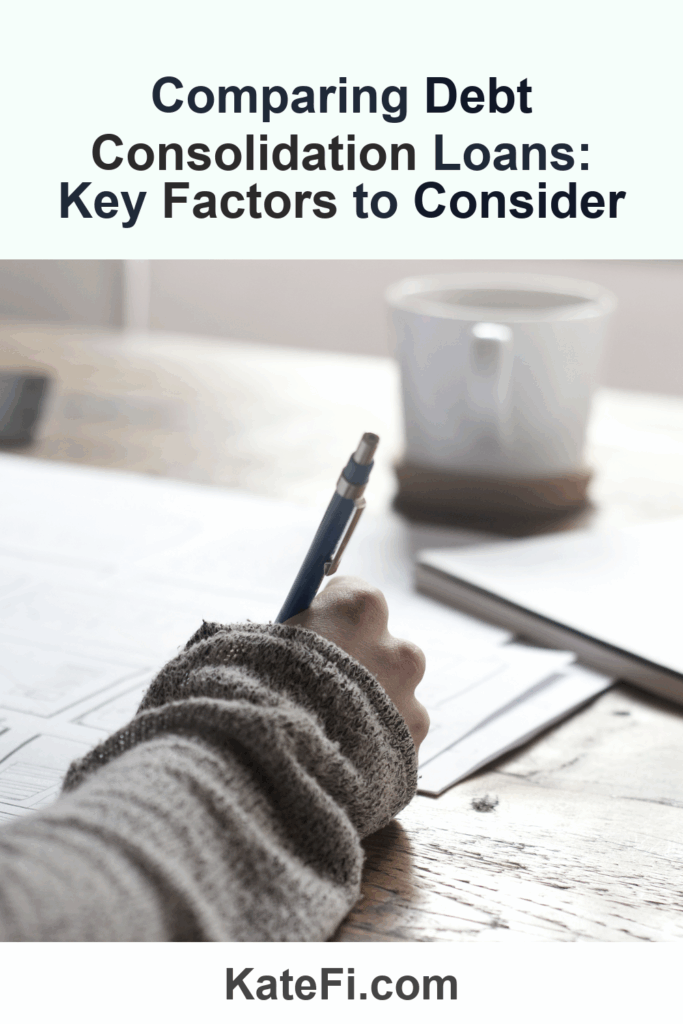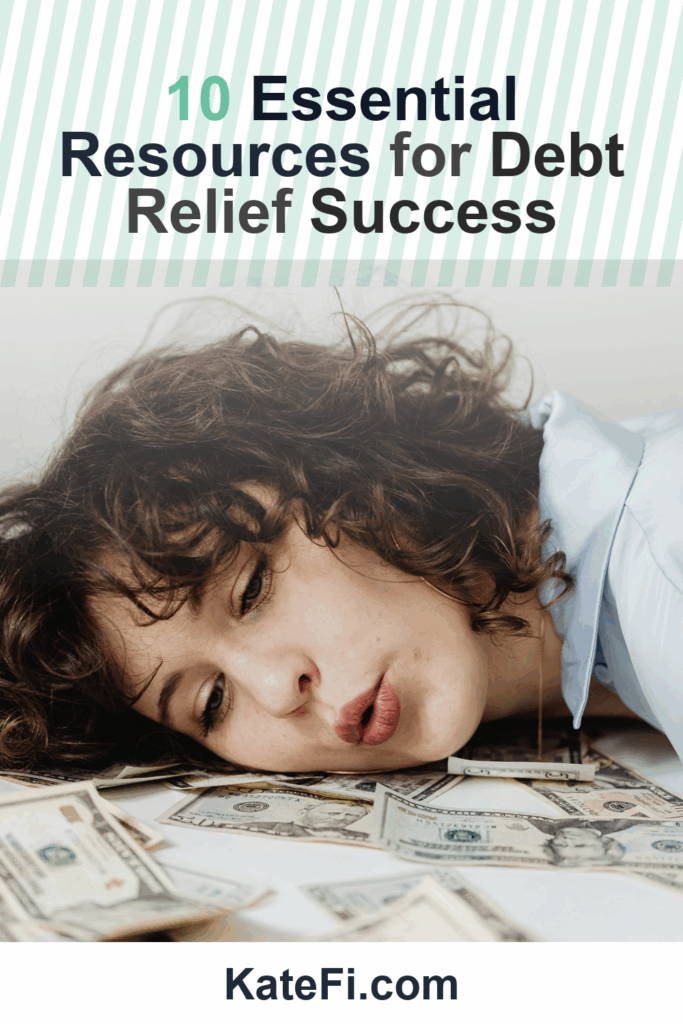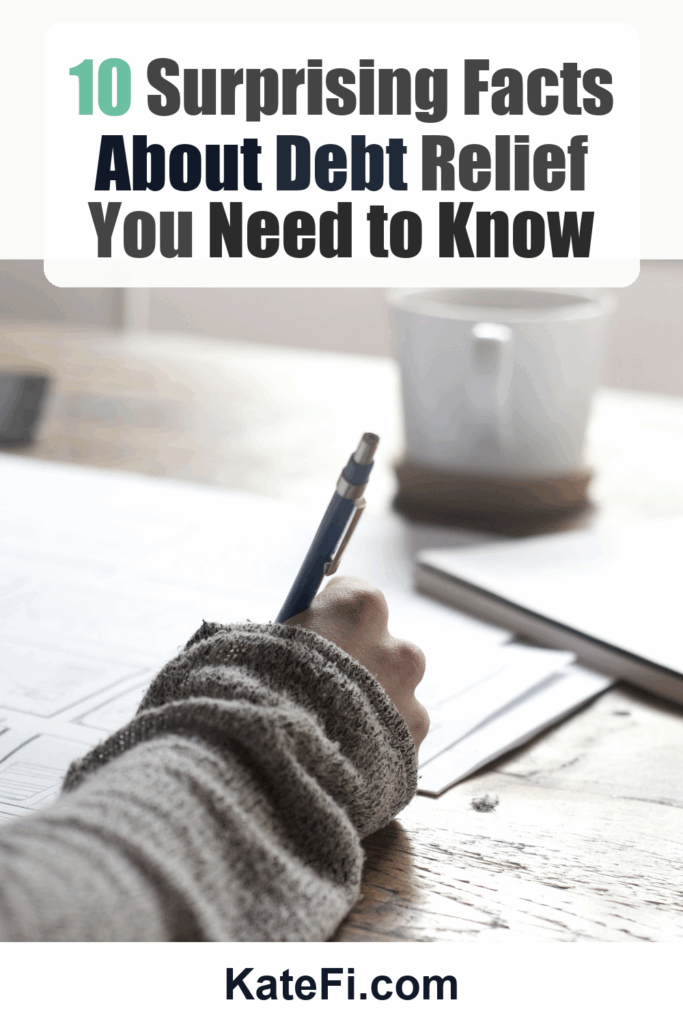Understand pros/cons of settlement vs consolidation vs DMP for your exact mix of debts.
Love our content? Show your support by following us — pretty please!🥺
FOLLOW ON PINTEREST
Hi! I’m Kate, the face behind KateFi.com—a blog all about making life easier and more affordable.
Not available in IL, KS, OR, TN, UT, WV.
8 Debt Relief Tools That Can Help You Get Back on Track
Finding yourself in debt can feel overwhelming and disheartening, but there are numerous debt relief tools available to help you regain control of your financial situation. Whether you’re dealing with credit card debt, medical bills, or student loans, the key to getting back on track is understanding your options. In this article, we’ll explore eight effective debt relief tools, including when it might make sense to consider bankruptcy, and we’ll also emphasize the importance of getting a free consultation to explore your options.
1. Debt Management Plans (DMP)
A Debt Management Plan (DMP) is an agreement between you and your creditors that outlines a repayment schedule tailored to your financial capabilities. Here’s how it works:
- Contact a Credit Counseling Agency: A certified credit counselor will evaluate your financial situation.
- Create a Plan: They will propose a repayment plan that consolidates your debts into a single monthly payment, often at a reduced interest rate.
- Stick to It: The plan usually spans 3 to 5 years. During this time, you’ll make regular payments to the agency, which in turn pays your creditors.
2. Debt Settlement
Debt settlement involves negotiating with creditors to settle your debts for less than what you owe. While this can provide significant savings, it’s essential to be cautious:
- Hire a Professional: Consider working with a debt settlement company that can help negotiate on your behalf.
- Negotiate the Terms: This process can take a few months, and creditors may agree to settle for less if they see you’re genuinely unable to pay.
Keep in mind that debt settlement can have a negative impact on your credit score, so it’s crucial to weigh the pros and cons carefully.
✅ See If You Qualify for Debt Relief
3. Debt Consolidation Loans
If you have multiple debts, a debt consolidation loan allows you to combine them into a single loan with a lower interest rate. Here’s how to get started:
- Research Lenders: Look for banks, credit unions, or online lenders that offer debt consolidation loans.
- Evaluate Your Options: Compare interest rates, loan terms, and any fees associated with the loan.
- Create a Budget: Develop a repayment plan that ensures you stay on track.
Debt consolidation can simplify your monthly payments and lower your interest rates, but it’s crucial to address any underlying financial issues that may have led to your debt.
4. Bankruptcy: When It Makes Sense
Bankruptcy is a powerful tool that can provide relief for individuals drowning in debt. However, it’s important to understand when this option is appropriate:
- Consider All Other Options First: Explore debt management plans, settlements, and consolidations before considering bankruptcy.
- Evaluate Your Financial Situation: If you have an overwhelming amount of unsecured debt and lack the means to repay it, bankruptcy may be a viable option.
- Consult a Bankruptcy Attorney: A professional can help you navigate the process and understand its implications.
While bankruptcy can provide a fresh start, it also has lasting effects on your credit, so be sure to weigh the options carefully.
✅ See If You Qualify for Debt Relief
5. Credit Counseling
Credit counseling services can provide valuable guidance on managing debt. Here’s what you can expect:
- One-on-One Counseling: A certified counselor will analyze your financial situation and offer personalized advice.
- Educational Resources: You’ll receive resources and tools to help manage your finances better and avoid future debt.
- Budgeting Assistance: The counselor can help create a budget that reflects your income and expenses, ensuring you can live within your means.
This service can empower you with knowledge and skills to manage your debt more effectively.
6. Personal Finance Apps
In the digital age, personal finance apps have become invaluable tools for managing debt. They can help you track spending, create budgets, and set financial goals. Here are a few popular apps to consider:
| App Name | Key Features | Cost |
|---|---|---|
| Mint | Budgeting, expense tracking, credit score monitoring | Free |
| You Need a Budget (YNAB) | Zero-based budgeting, goal tracking | $11.99/month |
| Debt Payoff Planner | Focused on debt repayment and savings goals | Free or low-cost |
7. Peer-to-Peer Lending
If traditional loans are hard to come by, consider peer-to-peer lending platforms. These platforms connect borrowers directly with individual investors. Here’s how it works:
- Application Process: Apply for a loan and provide information about your financial situation.
- Funding: Investors can choose to fund your loan based on your profile.
- Flexible Terms: Interest rates and repayment terms can vary significantly, so read the fine print.
Peer-to-peer lending can be a good option if you’re looking for a quick infusion of cash to pay down high-interest debt.
8. Gather Your Documents
Before seeking help, gather necessary documentation to expedite the review process. Here’s a checklist to get you started:
- Income Statements: Pay stubs, tax returns, or any other proof of income.
- Debt Information: Statements from creditors detailing amounts owed, minimum payments, and interest rates.
- Monthly Expenses: A list of regular monthly bills (utilities, rent, groceries, etc.).
- Credit Report: Obtain a free copy from each of the three credit bureaus to understand your current credit standing.
By preparing these documents, you’ll be well-equipped for a productive consultation, whether you’re exploring a debt relief program or discussing bankruptcy.
Important: This content is for education only—not legal, tax, or financial advice. Results and eligible programs vary by situation and state. Fees apply if you enroll and complete a program. Debt relief can affect credit; missed payments may lead to collections/lawsuits. Not available in IL, KS, OR, TN, UT, WV.
Final Thoughts
Dealing with debt can feel isolating and daunting, but it’s essential to know that you’re not alone. With these eight debt relief tools, you have a roadmap to explore various options that may suit your circumstances. Don’t hesitate to reach out for professional help, whether it’s a credit counseling service or legal advice regarding bankruptcy.
A solid first step is to get a free consultation to assess your situation and understand what options are available to you.
✅ See If You Qualify for Debt Relief
Taking action today could lead you toward a brighter financial future.
What You’ll Learn on the Call
- Estimated timeline and monthly payment range
- How credit may be affected in the short term
- What documents to gather to move faster
Not available in IL, KS, OR, TN, UT, WV.
Lower Your Unsecured Debt
If you have $5,000+ in credit card or personal loan debt, a free consult can review options like settlement or hardship plans.
- One-on-one call to review your debts and goals
- See potential monthly payment reductions
- No obligation to enroll
Not available in IL, KS, OR, TN, UT, WV.

